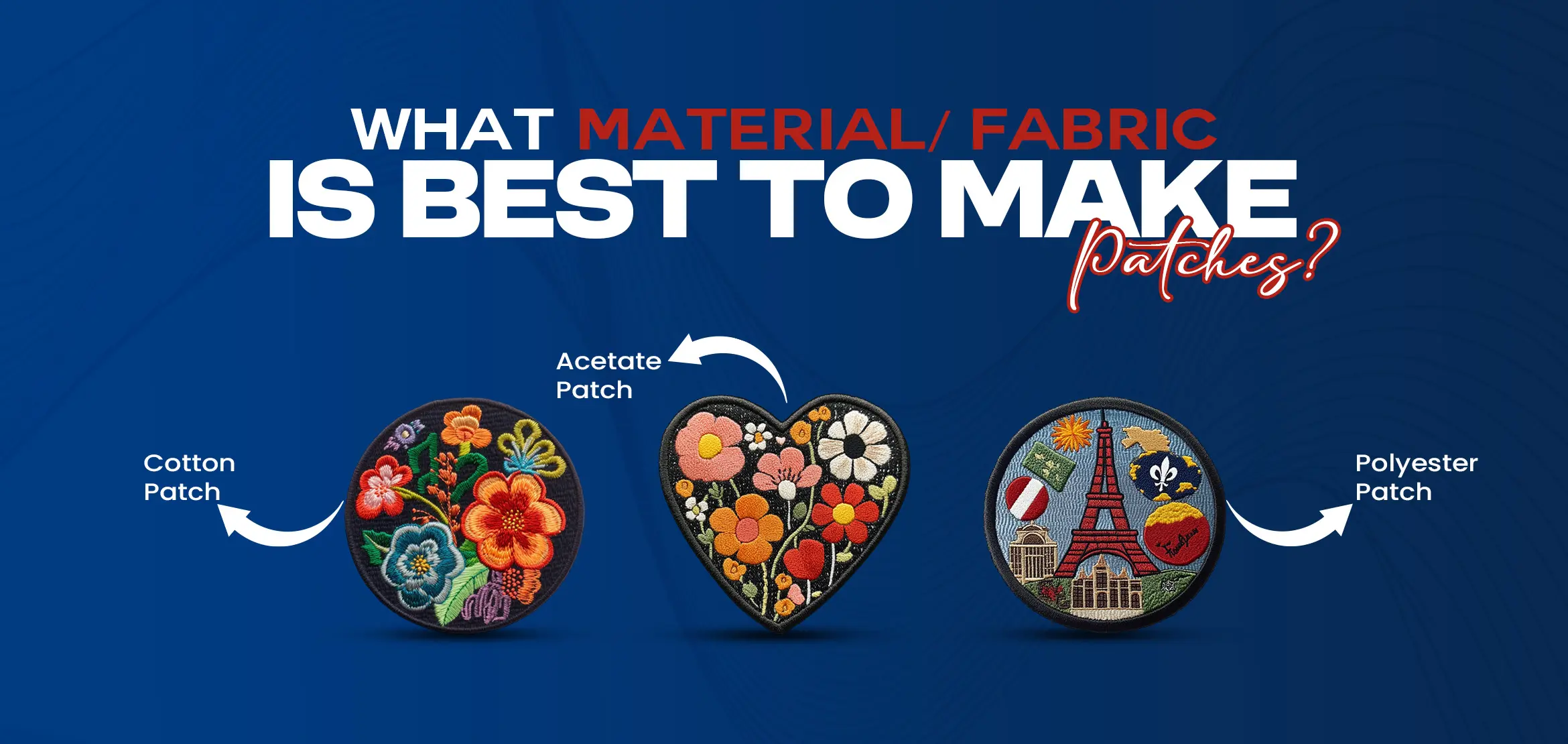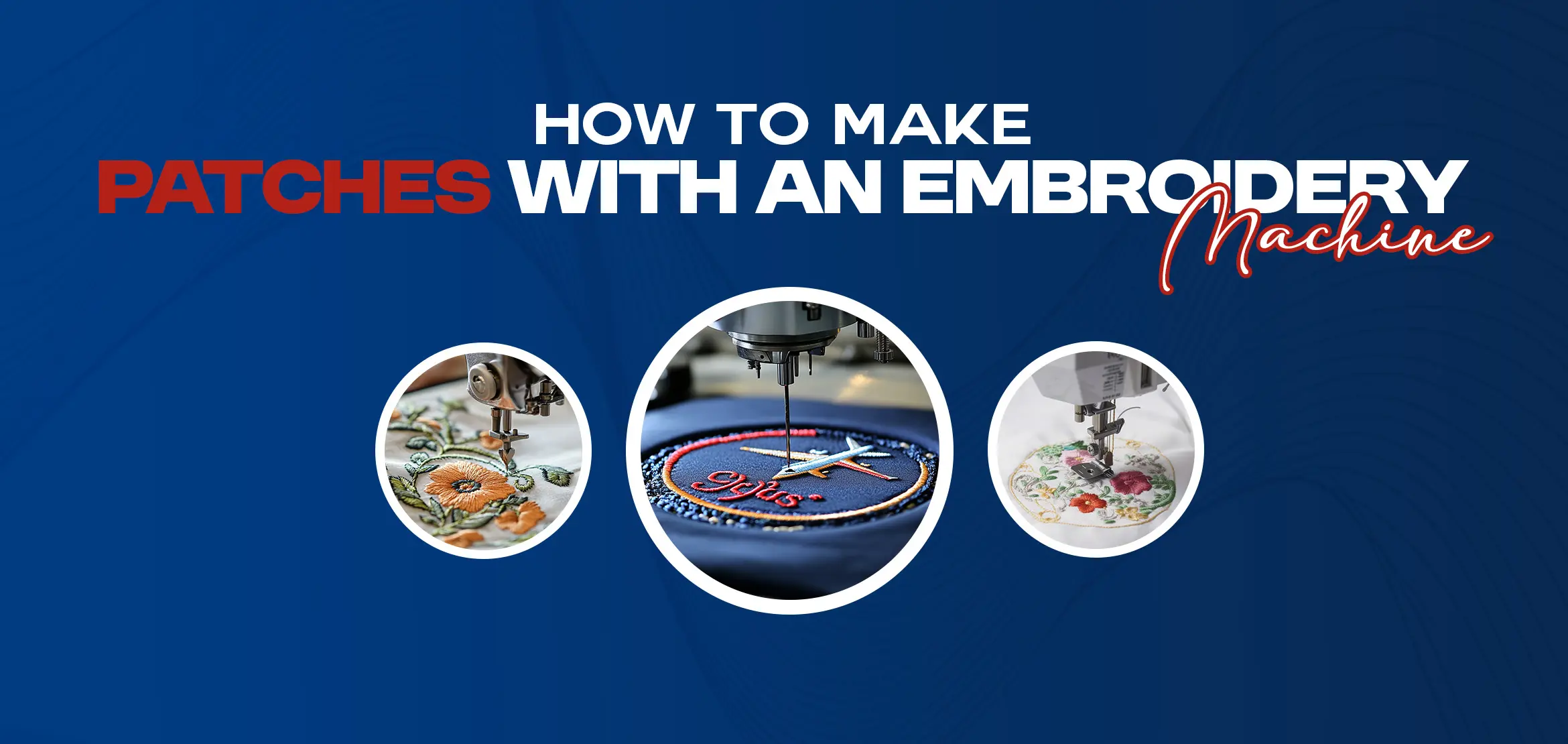
Why Big Patches Are Preferable Then Small Patches
Table Of Content
- 1. Efficiency in Embroidered Patch Development
- 2. Reduced Fragmentation in Embroidered Patch Designs
- 3. Holistic Problem Solving in Embroidered Patch Creation
- 4. User Experience with Embroidered Patches
- 5. Streamlined Quality Assurance for Embroidered Patches
- 6. Resource Optimization in Embroidered Patch Development
- 7. Security Enhancements in Embroidered Patch Designs
- 8. Easier User Adoption for Embroidered Patches
- 9. Strategic Feature Rollouts in Embroidered Patch Designs
- 10. Feedback Consolidation for Embroidered Patches
- 11. Enhanced Rollback Options in Embroidered Patch Development
- 12. Regulatory Compliance in Embroidered Patch Designs
- Conclusion
- FAQs (Frequently Asked Questions)
In the dynamic realm of embroidered patch design, the choice between implementing big patches versus small patches stands as a pivotal decision with far-reaching implications. This article delves into the myriad advantages that favor the adoption of large embroidered patches over their smaller counterparts. Just as stitches intricately weave together to form a cohesive design, the integration of comprehensive updates brings efficiency, unity, and enhanced user experiences to the forefront of embroidered patch development.
From addressing design intricacies to ensuring security enhancements. The following exploration illuminates the compelling reasons why designers should embrace the holistic approach of large patches in shaping the landscape of embroidered patch creations.
1. Efficiency in Embroidered Patch Development
One of the key arguments supporting the use of large embroidered patches lies in the efficiency they bring to the development process. Instead of releasing numerous small updates, designers can concentrate their efforts on creating a cohesive and well-integrated set of changes. This streamlined approach allows for a more efficient development cycle, reducing the time and resources needed for testing, deployment, and maintenance.
2. Reduced Fragmentation in Embroidered Patch Designs
In the realm of diverse embroidered patch designs, dealing with fragmentation can pose a significant challenge for designers. Small patches might lead to a fragmented user base, as not all users acquire every update. This can result in design compatibility issues and a more challenging support landscape. Large embroidered patches, on the other hand, encourage users to update to the latest design in one go, minimizing the risk of fragmentation.
3. Holistic Problem Solving in Embroidered Patch Creation
Comprehensive embroidered patch updates provide designers with the opportunity to address multiple design issues and introduce new features in a single release. This approach allows for a more holistic approach to problem-solving, where interconnected design issues can be tackled together. This not only improves the overall user experience but also minimizes the chances of introducing new design flaws or conflicts between smaller updates.
4. User Experience with Embroidered Patches
From a user perspective, large embroidered patches often offer a more satisfying experience. Users appreciate significant improvements and new design features arriving in a bundled update. This approach allows for a more exciting and impactful user experience compared to a series of minor, incremental changes that might go unnoticed.
5. Streamlined Quality Assurance for Embroidered Patches
Quality assurance and testing are critical components of the embroidered patch design process. Large patches simplify the testing phase, as QA teams can focus on a singular, comprehensive release. This reduces the likelihood of oversight and ensures that the entire embroidered patch undergoes rigorous testing before reaching end-users.
6. Resource Optimization in Embroidered Patch Development
For both designers and users, resource optimization is a key consideration. Large embroidered patches help designers allocate resources more efficiently by reducing the need for continuous, small-scale design updates. Users, in turn, benefit from optimized bandwidth usage and a more predictable update schedule.
7. Security Enhancements in Embroidered Patch Designs
Comprehensive embroidered patch updates are often accompanied by robust security improvements. In a world where cyber threats are constantly evolving, a large patch allows designers to implement a wide range of security enhancements simultaneously. This comprehensive approach is particularly beneficial for addressing vulnerabilities that may have been discovered since the last update, ensuring a more secure embroidered patch environment for users.
8. Easier User Adoption for Embroidered Patches
Users generally find it more convenient to adopt a single, comprehensive embroidered patch update rather than keeping up with a series of smaller patches. This simplicity in the update process leads to higher user adoption rates, as individuals are more likely to stay current with the latest design features and security patches. This ease of adoption can be crucial for embroidered patch designers looking to maintain a satisfied and engaged user base.
9. Strategic Feature Rollouts in Embroidered Patch Designs
Large embroidered patches enable designers to strategically roll out new design features. Instead of introducing individual design functionalities that may not be fully appreciated in isolation, designers can bundle multiple features together to create a more impactful embroidered patch release. This strategic approach allows users to explore and appreciate the synergies between different design features, contributing to a more cohesive and enjoyable embroidered patch experience.
10. Feedback Consolidation for Embroidered Patches
Collecting user feedback is an integral part of the embroidered patch design life cycle. Large patches provide a consolidated platform for users to provide feedback on a comprehensive set of design changes. This feedback is more focused and actionable, as users can evaluate the entire update rather than providing input on isolated design features. Designers can then use this consolidated feedback to make informed decisions for future embroidered patch updates.
11. Enhanced Rollback Options in Embroidered Patch Development
In the event of unforeseen design issues or bugs, large embroidered patches often come with more robust rollback options. This means that if a problem arises post-update, designers can revert to the previous design version more easily. This enhanced rollback capability contributes to overall design stability, providing a safety net for designers and users alike.
12. Regulatory Compliance in Embroidered Patch Designs
For embroidered patch designs operating in regulated industries, adhering to compliance standards is of utmost importance. Large patches simplify the process of ensuring compliance, as designers can implement necessary design changes and updates in a comprehensive manner. This reduces the risk of overlooking critical compliance requirements that might arise with frequent, small-scale design updates.
Conclusion
The myriad benefits of large embroidered patches over small patches in design development are unmistakable. With enhanced efficiency, reduced fragmentation, holistic problem-solving, and an improved user experience, large patches offer a streamlined approach to embroidered patch updates. Embracing this comprehensive method ensures streamlined quality assurance, resource optimization, and easier user adoption. Moreover, it enables strategic feature rollouts, consolidates feedback, and enhances rollback options, all while facilitating regulatory compliance.
As embroidered patch design practices evolve, embracing significant updates becomes increasingly essential, providing a win-win situation for designers and users alike. Experience the advantages firsthand with our comprehensive embroidered patch services.
FAQs (Frequently Asked Questions)
Q1. How do large embroidered patches contribute to efficiency in patch development?
Large patches streamline the development process by consolidating changes, reducing testing, deployment, and maintenance efforts.
Q2. What problem do small patches often pose in embroidered patch designs?
Small patches may lead to fragmentation among users, causing compatibility issues and a complex support landscape.
Q3. How do large embroidered patches facilitate holistic problem-solving?
They allow designers to address multiple issues and introduce new features in one release, minimizing conflicts and improving the overall user experience.
Q4. Why do users typically prefer large embroidered patches over small, incremental updates?
Large patches offer significant improvements and new features in a bundled update, creating a more impactful user experience.
Q5. How do large patches simplify quality assurance for embroidered patch designs?
They allow QA teams to focus on a singular, comprehensive release, reducing oversight and ensuring rigorous testing of the entire patch.










